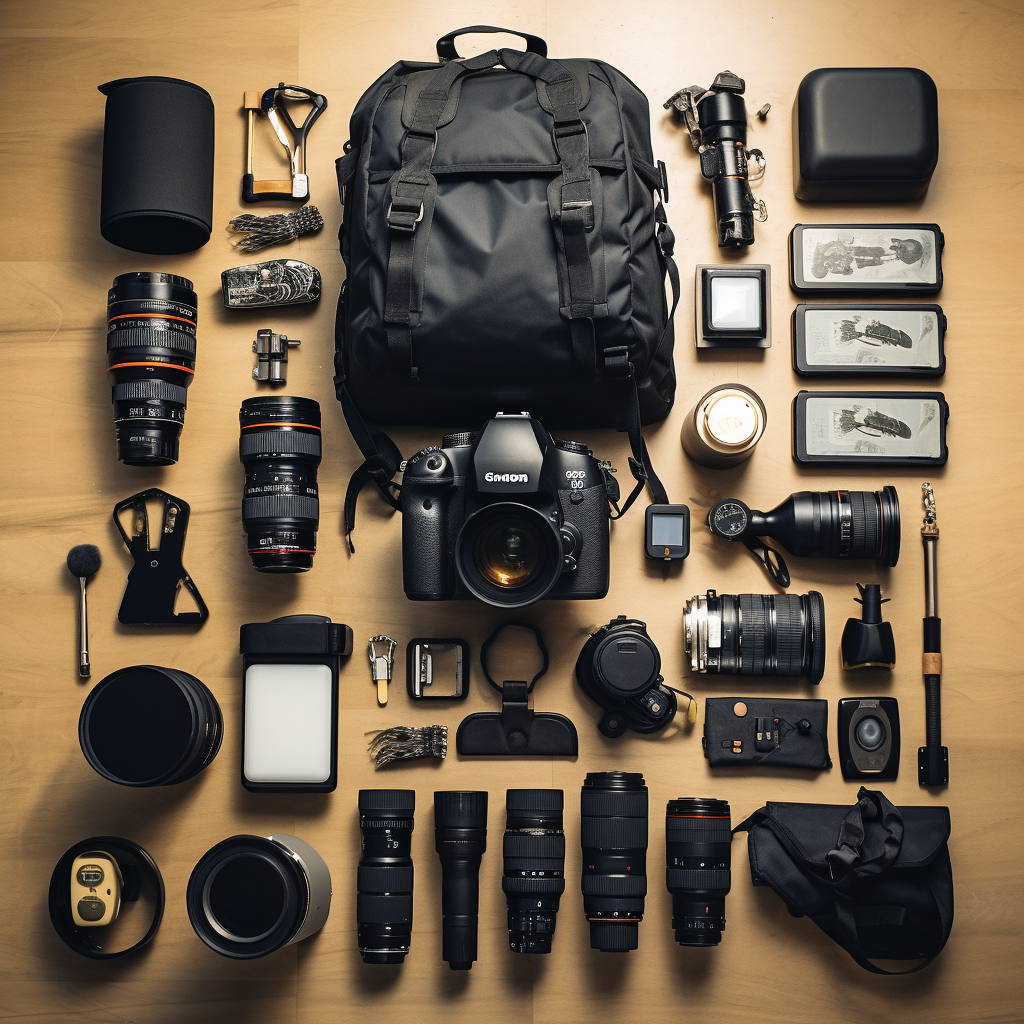Please note this post may contain affiliate links picked by me (Jay) that I have deemed may be of interest or relevant to you the reader of this.
These links do not affect the cost of the thing if you decide to purchase but i may get a little money if you choose to purchase.
For more information on my affiliate link policy click here.
The Human Element: Capturing Emotion in Portrait Photography
As a photography junkie, I’ve always been fascinated by portrait photography. There’s something about capturing the essence of a person and their emotions that makes it one of the most powerful genres of photography. But how do you capture emotion in portrait photography? It’s not just about pointing the camera and clicking. It requires skill, technique, and an understanding of the human element. In this article, I’m going to share with you some tips and tricks on how to capture emotion in portrait photography.
The Human Element
Firstly, let’s talk about the importance of the human element. A portrait is not just a photograph of a person, it’s a representation of their character and personality. As a photographer, your job is to bring out the best in your subject, to capture their essence and to tell their story through the photograph. To do this, you need to establish a connection with your subject. This can be achieved through conversation, asking them about their interests and hobbies, and finding out what makes them tick. By doing this, you can get a better understanding of their character and how to capture it through the lens.
Secondly, lighting is essential to capturing emotion in portrait photography. It can be used to create mood, drama, and depth in your images. One of my favorite lighting setups for capturing emotion is the Rembrandt lighting technique. This involves positioning a single light source at a 45-degree angle to the subject, creating a triangle of light on one side of the face. This technique is great for creating depth and drama in your images. It’s also worth noting that natural light can be a powerful tool for capturing emotion. The soft, diffused light of early morning or late afternoon can create a warm, intimate mood in your images.
When it comes to gear, there are a few things to consider. Firstly, your camera. You don’t need the latest and greatest camera to capture emotion in portrait photography. However, having a camera with good dynamic range and low light performance can be beneficial. It allows you to capture a wider range of tones and details in your images, even in low light situations. As for lenses, a 50mm prime lens is a popular choice for portrait photography. It’s versatile, has a wide aperture, and can create beautiful bokeh (the blur in the background of your image).
Composition
Composition is also important in capturing emotion in portrait photography. The rule of thirds is a basic rule of composition that can help you create a balanced and visually appealing image. This involves dividing your image into thirds (both vertically and horizontally) and placing your subject at one of the intersections. It’s also important to consider the background and foreground of your image. A cluttered or distracting background can take away from the emotion of the subject. By using a shallow depth of field (created by using a wide aperture), you can blur the background and focus attention on the subject.
Facial expressions and body language are two key elements to capturing emotion in portrait photography. A simple smile or serious expression can convey different emotions and tell a story through the photograph. As a photographer, it’s important to pay attention to your subject’s body language. This can give clues to their emotions and how to capture them through the lens. For example, a person with closed off body language (arms crossed, shoulders hunched) may be feeling defensive or uncomfortable. By encouraging them to relax and open up, you can capture a more natural and emotive image.
|
|
Lastly, post-processing can be used to enhance the emotion in your images. This doesn’t mean completely changing the image, but rather enhancing the colors, contrast, and details to bring out the emotion of the subject. Lightroom and Photoshop are popular post-processing tools used by many photographers. It’s worth noting that post-processing should not be used to completely change the image or
manipulate the subject’s appearance. The goal is to enhance the emotion that is already present in the image.
When it comes to post-processing tools, there are a variety of options available. Lightroom is a popular choice for editing and organizing photos. It allows you to adjust exposure, contrast, and color in your images. Photoshop, on the other hand, is a more advanced editing tool that allows you to make more detailed adjustments to your images. Both tools can be used to enhance the emotion in your images, but it’s important to use them in a way that complements the subject and the story you’re trying to tell.
In conclusion, capturing emotion in portrait photography is all about understanding the human element. It requires a connection with your subject, an understanding of lighting, composition, facial expressions, and body language, and the ability to enhance the emotion in post-processing. With the right gear and techniques, you can capture powerful and emotive portraits that tell a story and leave a lasting impression on the viewer.
If you have any questions about the topics discussed in this article or would like to share your own tips and tricks for capturing emotion in portrait photography, feel free to drop them in the community section on our website. As photography junkies, we’re always eager to learn and share our knowledge with others. So, let’s continue to inspire and be inspired by the beauty and emotion of portrait photography.
















